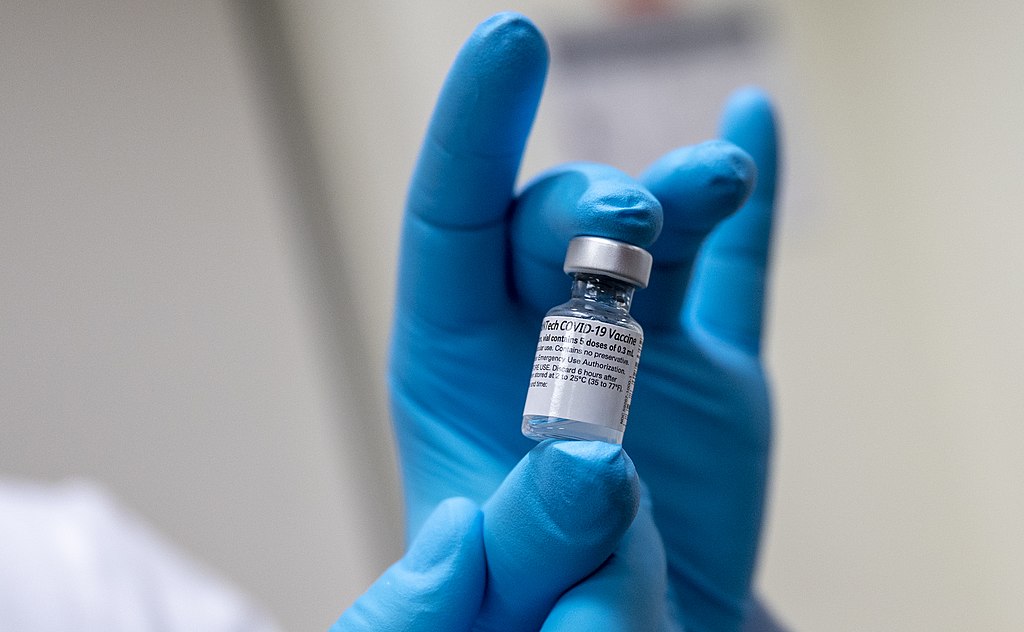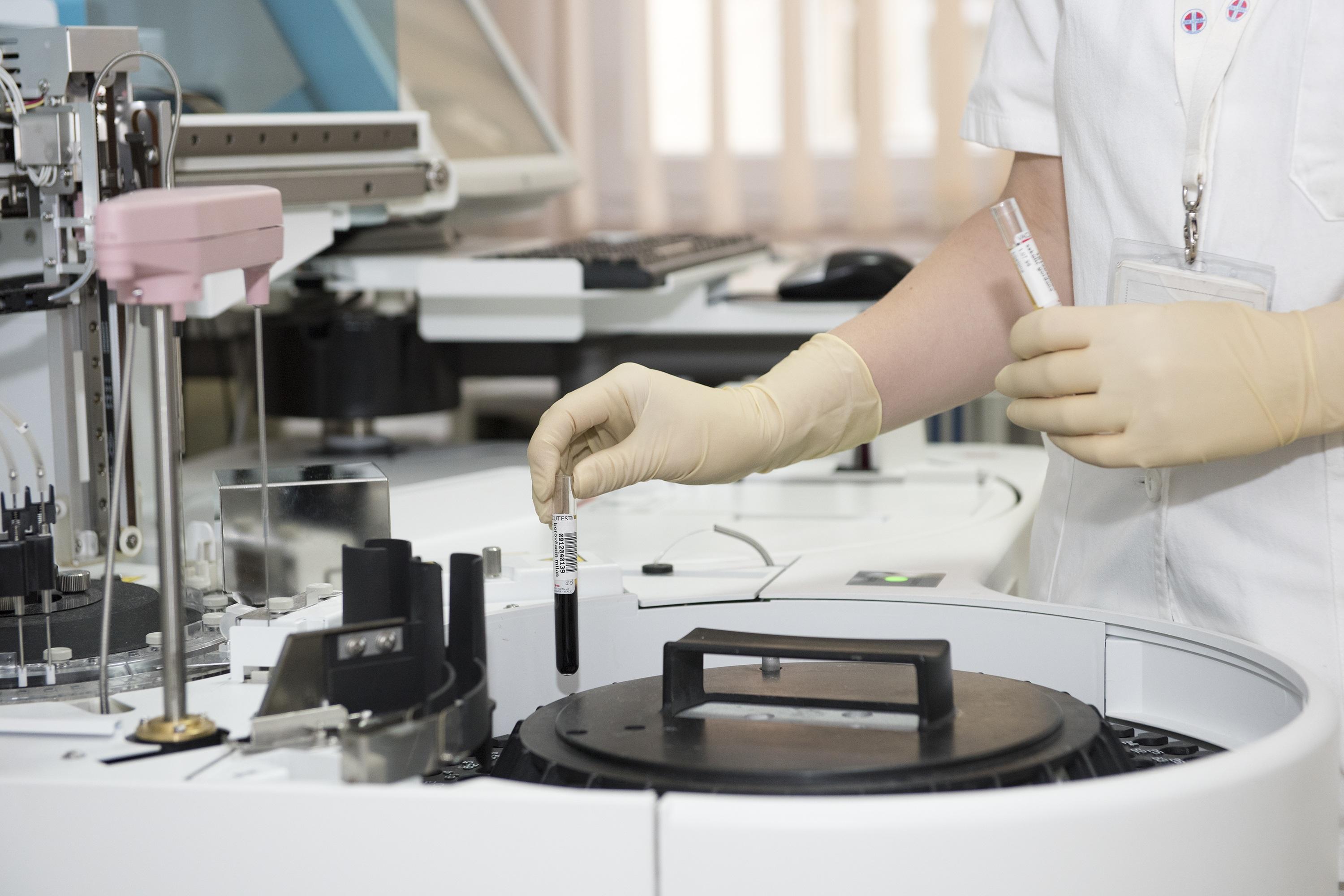MULTILINGUAL RESOURCES – Updated on March 24 2021
GERMAN
- LHRM – COVID-19 und Impfen: Antworten auf häufig gestellte Fragen (FAQ) – 15.03.2021 – https://www.rki.de/SharedDocs/FAQ/COVID-Impfen/gesamt.html
- LHRM – Weitere Informationen zum Impfen gegen Corona – 09.03.2021 – http://www.mds-patienten-ig.org/aktuelles/weitere-informationen-zum-impfen-gegen-corona
FRENCH
- CCM – Pr Odile BEYNE RAUZY- IUCT/Oncopole Toulouse „12 questions sur la vaccination Covid 19“ – www.myelodysplasies.org/videos/66/smd-et-vaccin-covid19.html
- CCM – Pr Pierre Fenaux- Président du GFM- Crise Covid 19-visite des proches
Comment se passe les visites des proches aux patients hospitalisés ?www.myelodysplasies.org/videos/57/interview-pr-pierre-fenaux-president-du-gfm-crise-covid-19-visite-des-proches.html
ENGLISH
- COVID-19 Update: Vaccinations for Bone Marrow Failure Patients – 18.03.2021 – https://www.aamds.org/webinar/covid-19-update-vaccinations-bone-marrow-failure-patients
- AAMDSIF – Global Update on COVID-19 for Patients – 03.12.2020 https://www.aamds.org/webinar/aamdsif-global-update-covid-19
- AAMAC Webinar – Questions & Answers Covid-19 Vaccines – 20.02.2021 https://aamac.ca/covid-19-information/
RUSSIAN
- Качество жизни пациентов с мдс, множественной миеломой и другими заболеваниями системы крови – mdspatient.ru/vebinary/kachestvo-zhizni-patsientov-s-mds-mnozhestvennoj-mielomoj-i-drugimi-zabolevaniyami-sistemy-krovi
- Трансплантация костного мозга в период пандемии COVID-19
https://mdspatient.ru/vebinary/transplantatsiya-kostnogo-mozga-v-period-pandemii-covid-19

Army Spc. Angel Laureano holds a vial of the COVID-19 vaccine, Walter Reed National Military Medical Center, Bethesda, Md., Dec. 14, 2020. (DoD photo by Lisa Ferdinando)
Managing MDS in the wake of a global pandemic – Updated on November 29 2021
24 Nov. 2021

15 FREQUENTLY ASKED QUESTIONS – Updated on March 24 2020
Transcribed from the AAMDSIF webinar on March 13, 2020 with Dr. Mikkael Sekeres and Dr. Isabel Schuermeyer with the Cleveland Clinic, edited for clarity and brevity. Thanks to our colleagues from AAMDSIF for sharing this with us.
1) Is there a difference between the susceptibility to the coronavirus on patients with bone marrow failure and those who do not have bone marrow failure?
A: Bone marrow failure patients are more susceptible to infections in general, however this has not been studied enough. The reason we are focused so much on elders and people with compromised immune systems is that, if they catch the virus, it can be much more serious because you don’t have the defences to get rid of it.
2) Is there a different risk for MDS, high risk versus low risk?
A: High risk tends in general to have a more comprised immune function than low risk, so I would think that it would be slightly higher risk, but I’ve seen low risk folks who have impaired immune function. I’ve seen high risk folks who have preserved immune function.
3) Is it known which blood cells will attack viruses in general and is this the same for the coronavirus?
A: The lymphocytes are the ones that attack viral infections, but they all work together. So to simply answer your question is it’s the lymphocytes, the more complicated answer to your question is that all of our white blood cell elements work as a team to fight all sorts of infections.
4) What is the impact of COVID-19 on bone marrow failure patients who are getting active treatment? What should they do?
A: If you have a scheduled treatment, don’t skip that treatment. You still need to get treated for your bone marrow condition. If it’s an every six month follow-up or every three month follow-up, call your doctor’s office and see if the appointment is really necessary or if it can be rescheduled until the active infection cycle has passed. Your medical center may allow you to participate in a virtual visit from your home.
5) What about medications?
A: Make sure that you have a three month supply of your medication available, and possibly arrange mail order delivery of your medications.
6) Do you have any recommendations for any type of special cleaning of fruits, vegetables, and other un-packaged foods from the grocery store?
A: Normal washing protocol for fruits and vegetables – a good rule here is the same 20 second minimum for hand washing.
7) Our father is 70, high risk MDS, and is due to start a course of EPO injections, are there any additional considerations that need to be given with the virus?
A: No more special considerations than trying to prevent getting infected with the virus. Ask how urgent it is to get started on treatment. If someone has higher risk MDS, it might be urgent to get that under control where someone with low risk MDS could wait for four weeks.
8) I had a transplant a few years ago and has normal blood values, would I still consider myself high risk or just take precautions as a healthy adult?
A: I would think transplant, even though you’re out of the real danger period for when you’re under super duper precautions, the first 100 days, the first six months, the first year post-transplant, I would still consider you high risk. I don’t know enough about your personal situation to know if you have graft versus host disease or if you’re still on some degree on
MDS suppressants. So I would err on the side of caution, consider yourself high risk.
9) My husband is having a bone marrow transplant in the next few weeks. Do you have any suggestions on how to proceed and what types of questions we should ask before making the decision to move forward?
A: Check in with your transplant centres and ask what they’re doing about this virus and if they’re screening patients beforehand. Many people can’t wait for a bone marrow transplant.
You have something that is severely compromising your bone marrow function, this represents a potential chance of cure, you’ve been waiting months to get to this point to finally get to the transplant and then this virus hits. So I think some transplants centres are formally testing people before they go through with the transplant, others are assessing your symptoms and if you don’t have the symptoms, they’re giving you the go ahead for transplant.
10) Would it be helpful in any way for patients to receive a pneumonia shot?
A: Yes, if you’re due for one.
11) Is there any danger of running out of blood supplies?
A: There is a danger of a shortage.
UPDATE FROM AAMDSIF: Please refer to this briefing from the Red Cross on the national blood
shortage: https://www.redcrossblood.org/local-homepage/news/article/critical-bloodshortage-3A-red-cross-urges-blood-and-platelet-donors-to-give-now-1.html
12) Do you have any advice for newly diagnosed patients who maybe have not
started treatment yet for MDS? Would it be safe for them to start treatment?
A: It depends on the treatment you’re getting. If you have a lower risk myelodysplastic syndrome and you’re starting treatment with an erythropoiesis-stimulating agent like Procrit or Aranesp, go ahead and start the treatment. This isn’t going to affect it at all. If on the other hand, you’re starting a treatment that may lower your white blood cell count, then I would check with your doctor about how important it is that you start that therapy right now as opposed to waiting a month or two.
13) Are there any extra supplement that patients can use to boost their immune system?
A: No. That’s a hard no.
14) What are the initial symptoms of the virus? Is it possible to have the virus without a fever?
A: Anything is possible. So the most common symptoms are fever, sore throat, and cough, but the virus can be transmitted without any symptoms at all for about five days. The one thing that doesn’t seem to be as associated with it is all the kind of stuffy nose, sneezing, runny nose that we associate with a lot of other viruses. Doesn’t mean it can’t get that, it’s just less common. So your suspicion for the coronavirus should be higher in the setting of fever, cough and sore throat.
15) Are support groups helpful for patients during this time? Are there any other resources for connecting with patients for support?
A: I do think support groups can be helpful. Although, I would suggest that they be done virtually.













